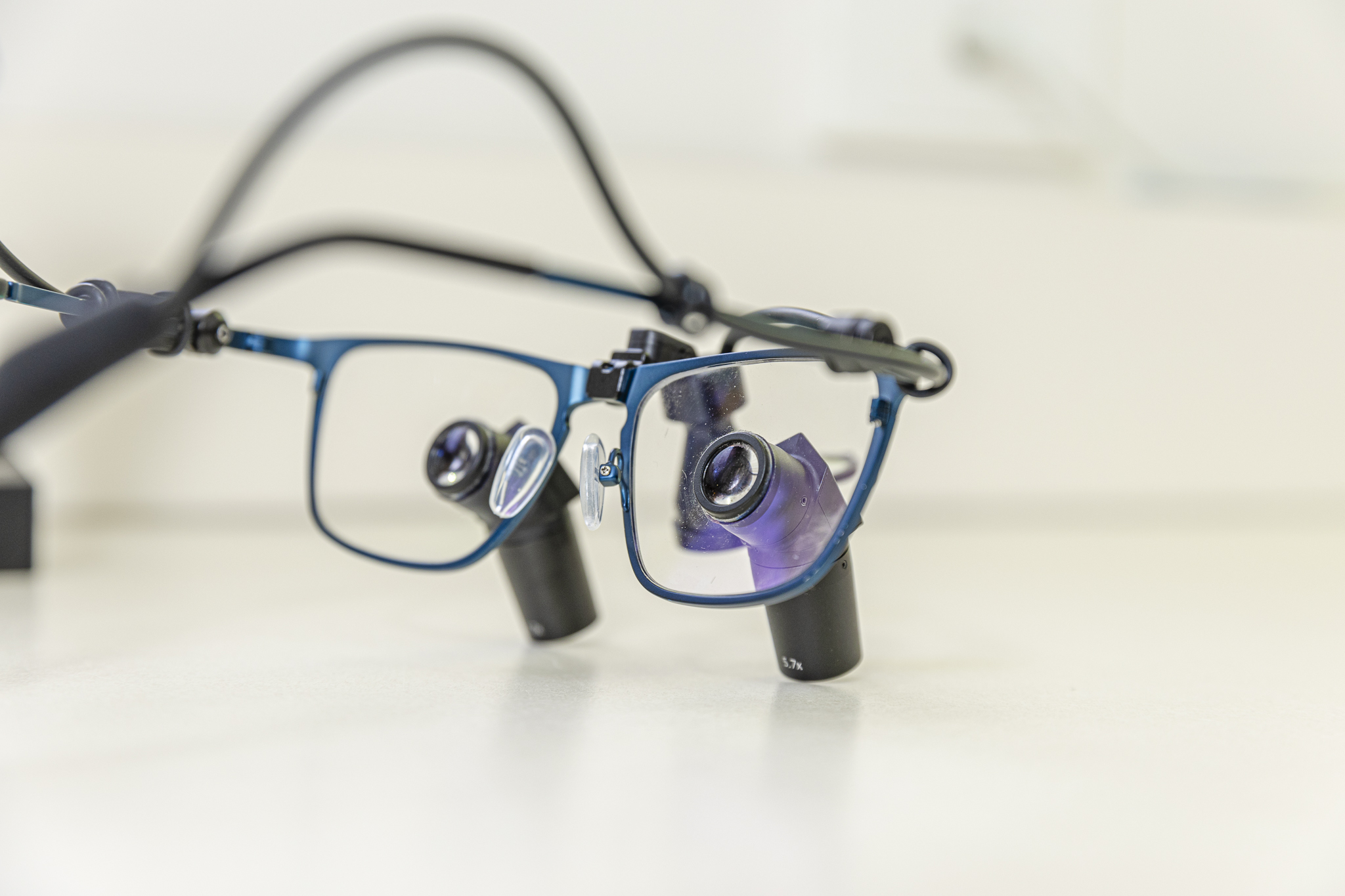Treating
Periodontitis (gum disease)
Periodontitis is progressive loss of tooth-supporting bone. The trigger is bacteria in hard and soft deposits that accumulate around the teeth and below the gums, causing gum irritation and inflammation. Not everyone that has bacteria and gum inflammation will lose bone, as genetic susceptibility plays a big role. However, this is a common condition, affecting a large proportion of the population. Please remember, if you have gum disease, you are not guilty, just a little bit unlucky.
Fortunately, treatment is very effective, especially in the early stages. There is no one time “fix” but mostly comes down to regular professional and home-based maintenance. Multiple factors are associated with more rapid bone destruction and faster onset of gum disease: smoking, alcohol consumption, diabetes, stress, obesity and unhealthy “proinflammatory” diets are among the most common. Achieving healthy lifestyle routines is important for treatment success.
The initial treatment requires local anaesthetic to numb the area and then removal of all the hard bacteria-containing deposits that have accumulated below the gums. Subsequent maintenance treatments are much less intensive and rarely require anaesthetic.
The discomfort afterwards is usually moderate but definitely more than after a routine “clean and polish”. Taking pain relief such as Panadol and / or Nurofen for the first two days is common. We usually recommend taking one to two days off work.
In some cases, we may offer more advanced therapies such as surgical debridement (cleaning and reshaping of the supporting structures). The profession has limited capacity of regenerating the lost bone utilising special biomaterials and bone substitutes.


Placing
Implants
Dental implants are metal or ceramic screw-shaped objects that can support lab-made teeth, bridges or dentures. All implants are placed within the bone of the jaws and require surgical access through the soft tissue.
All our implants are placed under local anaesthetic (numbing shots). The time required for placement of a single implant is usually short, about 30-40 minutes in the dental chair and the patients are then discharged to drive home or take public transportation.
Limitations: Implants are not experimental but rather a very predictable treatment today. Research indicates implant survival rate over ten years and more is 95%. Potential problems include gum disease surrounding the implant, leading to recession of the supporting tissues. Therefore, dental implants must be placed in a healthy mouth. They also require regular maintenance and reviews. We recommend reviewing the general gum and implant health annually.
Reconstructing
Bone (Bone Grafts)
Dental implants must be placed within healthy jaw bone, however, in some cases, the bone may shrink after tooth extraction and atrophies without use. In this situation, we utilise bone substitute grafts, mostly derived from an animal source to reconstruct the lost volume. These grafts do not cause rejection and they are replaced by the patient’s own tissues with time. Synthetic bone substitutes exist but are much less well documented in the literature.
Grafting may be simple (filling the tooth “socket” immediately after the extraction) or complex (requiring multiple materials in a procedure that will take over an hour). Recovery may vary from slight tenderness for a couple of days to significant swelling, loss of function and pain for a week before improving, depending on the required complexity of the procedure.
Unfortunately, reconstructing lost bone around natural teeth is much harder and most cases do not fit the criteria for the procedure to be successful. Therefore, gum disease (periodontitis) is mostly offered a maintenance-type conservative care. This may change in the future with the promise of custom-built grafts derived from the patient’s own genetically treated stem cells.


Periodontal
Plastic surgery (Gum Grafts)
Soft tissue plastic surgery is an important part of discipline aimed at achieving healthy, harmonious and stable gum. In some cases, it means removing excess tissue to expose more of “unnaturally” short teeth and make the smile more harmonious. Different tools, including lasers and piezoelectric surgical appliances may be utilised.
In other cases, it means covering the existing gum recession. In these cases, autologous grafts harvested from the roof of the mouth may be necessary. For simpler cases, animal products may replace the autologous tissues, reducing post-operative discomfort.
These procedures are, in an essence, a microsurgery done with magnified vision. They are performed under local anaesthetic (numbing shots) in the dental chair. The post-operative pain is usually mild to moderate with minimal swelling but the donor site at the roof of the mouth may be annoying due to its position in the mouth. We recommend taking 2-3 days off work and a soft diet for at least one week.
Treating
Peri-Implantitis
Peri-implantitis is progressive loss of bone around the dental implants. Untreated, it may lead to the loss of fixture. The trigger for this condition is gum irritation by bacteria. Multiple contributing factors also play a role: smoking, alcohol consumption, diabetes, stress, obesity, unhealthy “proinflammatory” diets are among the most common.
Unfortunately, when the bone loss has started, surgical treatment is often required to clean and decontaminate the site. Bone regeneration may be offered if the anatomy of the bone defect allows that.
Therefore, treating gum irritation/inflammation early on is important as it mostly comes down to home care routines. Implants need more attention to cleaning all around them then the natural teeth. Using interdental aids (mostly, interdental brushes of correct size and length) is a must. Good, cleansable prosthesis design is as important for long-term implant success as a well-done implant surgery.
We recommend regular reviews, including X-rays, on an annual basis to ensure the stability of the supporting gum and bone around the implants.


Frenectomy
The frenum is a skin fold that stretches from the inner part of the lip to the oral mucosa near the gum line. When the frenum is situated higher than usual, it may lead to the separation of teeth or the recession of gums. A frenectomy is a procedure designed to eliminate the frenum, effectively closing the gap between the teeth and preventing gum recession. Diode lasers are commonly employed for this procedure in the majority of cases.
Client
Testimonials
Proactively envisioned multimedia based expertise and cross-media growth strategies. Seamlessly visualize quality intellectual capital without superior collaboration and idea-sharing.





